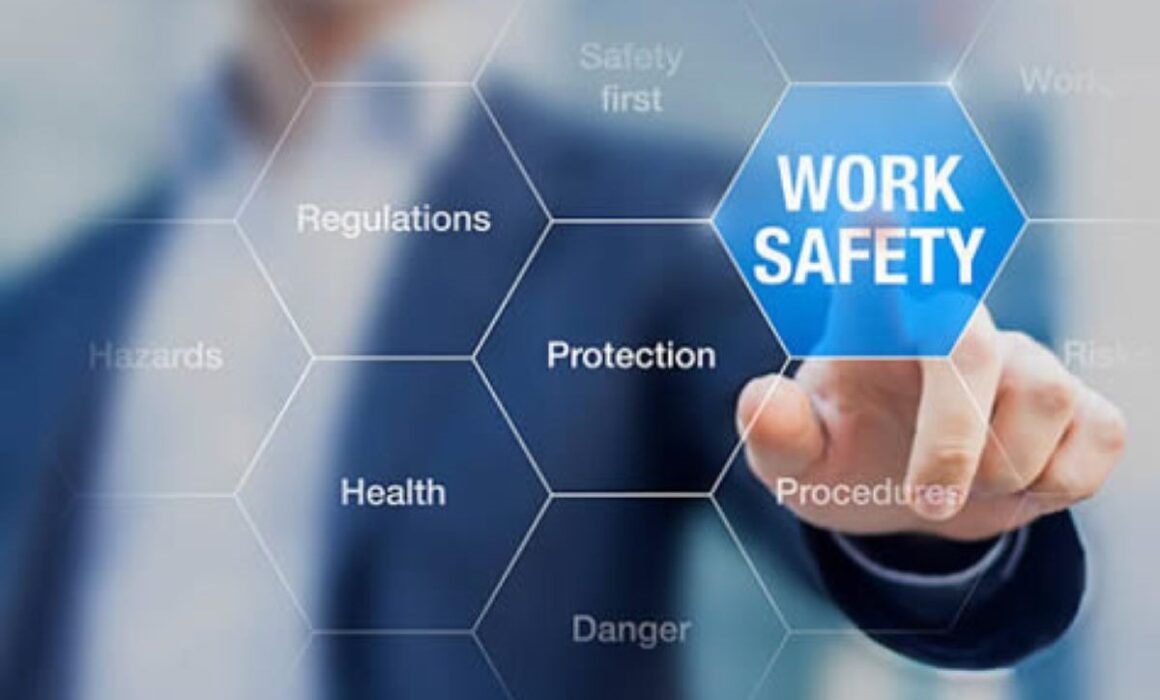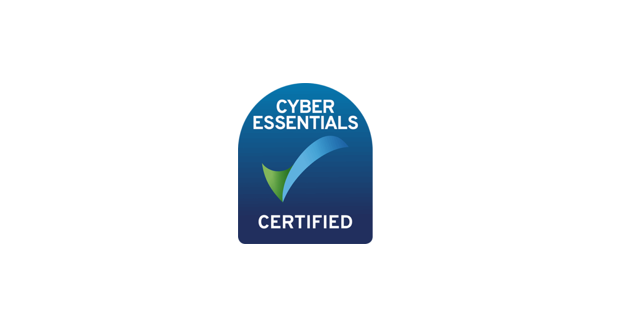Process variation refers to the natural differences or deviations that occur within a process. In any process, there are numerous factors that can influence the outcome of the final product/service, including variations in raw materials, equipment, environmental conditions, and human factors. These variations can result in slight differences in the characteristics of the products/services that are being delivered.
Process variation can be classified into two main types:
- Random Variation: This type of variation is caused by random and unpredictable factors that are inherent in the process. Random variation cannot be eliminated entirely but can be controlled through statistical process control (SPC) methods.
- Systematic Variation: Systematic variation is caused by identifiable and predictable factors within the process. These factors may include equipment calibration errors, changes in raw material properties, poor training, or fluctuations in environmental conditions. Unlike random variation, systematic variation can often be identified and corrected to improve the consistency and quality of the final product/service.
Managing process variation is essential for maintaining product/service quality and consistency. Techniques such as statistical process control (SPC), Six Sigma, and process optimisation are commonly used to monitor and reduce process variation, ensuring that products/services meet specifications and customer expectations.
How can ISO 9001 help?
ISO 9001 is a quality management standard that provides a framework for organisations to establish, implement, maintain, and continuously improve their quality management systems (QMS). While ISO 9001 itself does not directly address process variation, implementing its principles and requirements can help minimise process variation indirectly in several ways:
- Standardised Processes: ISO 9001 emphasises the need for organisations to define their processes and procedures. By standardising processes, organisations can reduce variation by ensuring that everyone follows the same steps and methods for performing tasks. This consistency helps minimise the likelihood of errors and deviations within the process.
- Risk-Based Thinking: ISO 9001 promotes the concept of risk-based thinking, which involves identifying potential risks to quality and implementing controls to mitigate them. By systematically identifying and addressing risks that could lead to process variation, organisations can proactively minimise its impact on product/service quality.
- Continuous Improvement: One of the core principles of ISO 9001 is continuous improvement. Organisations are encouraged to regularly monitor their processes, collect data, analyse performance, and implement corrective actions as necessary. Through this process of continual improvement, organisations can identify and address sources of variation, leading to more consistent and predictable outcomes.
- Supplier Management: ISO 9001 requires organisations to evaluate and control their suppliers to ensure that purchased products/services meet quality requirements. By selecting reliable and competent suppliers and establishing clear quality criteria, organisations can reduce the risk of variability in the products/services that they supply, which can contribute to process variation.
- Training and Competence: ISO 9001 emphasises the importance of training and competence for personnel involved in the quality management system. Well-trained employees are better equipped to perform their tasks consistently and accurately, reducing the likelihood of errors and variations in processes.
- Measurement and Monitoring: ISO 9001 requires organisations to establish performance indicators and monitor key process parameters. By measuring process performance and analysing data, organisations can identify trends, deviations, and opportunities for improvement, allowing them to take corrective action to minimise process variation.
Overall, while ISO 9001 does not specifically address process variation, its focus on standardisation, risk management, continuous improvement, supplier control, employee competence, and performance measurement can help organisations effectively minimise process variation and improve overall product/service quality.
Do you need help with achieving ISO 9001?
Talk to us today. Our consultants can guide you through the process, providing advice and templates to ensure that you’re on the right track. We will help you to avoid non-conformities with ISO 9001 and set you up for success.
For more information on ISO-Cert Online’s services or to discuss your requirements please contact us on 0333 014 7720 or email info@isocertonline.net.




























Recent Comments